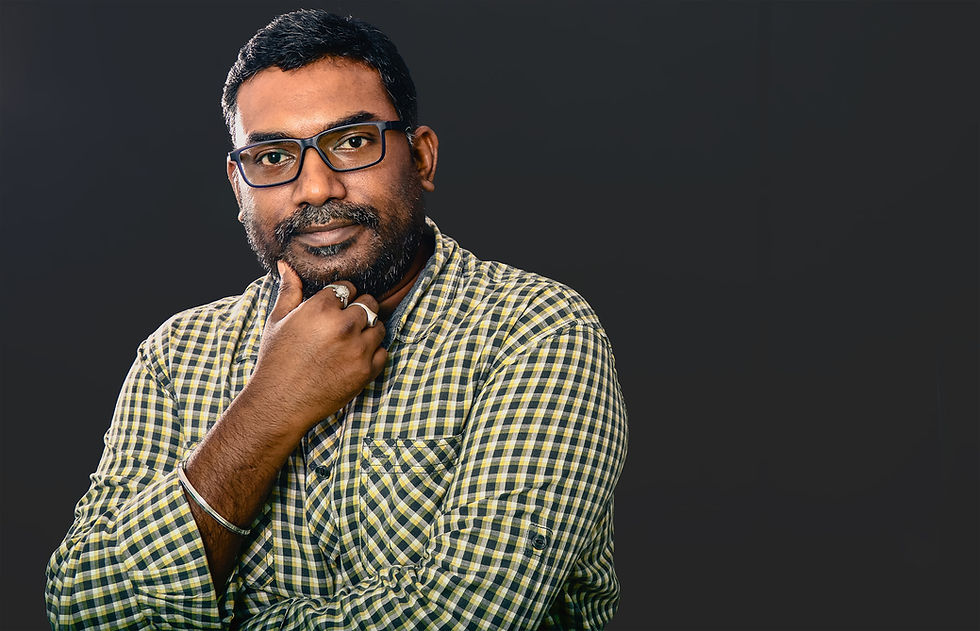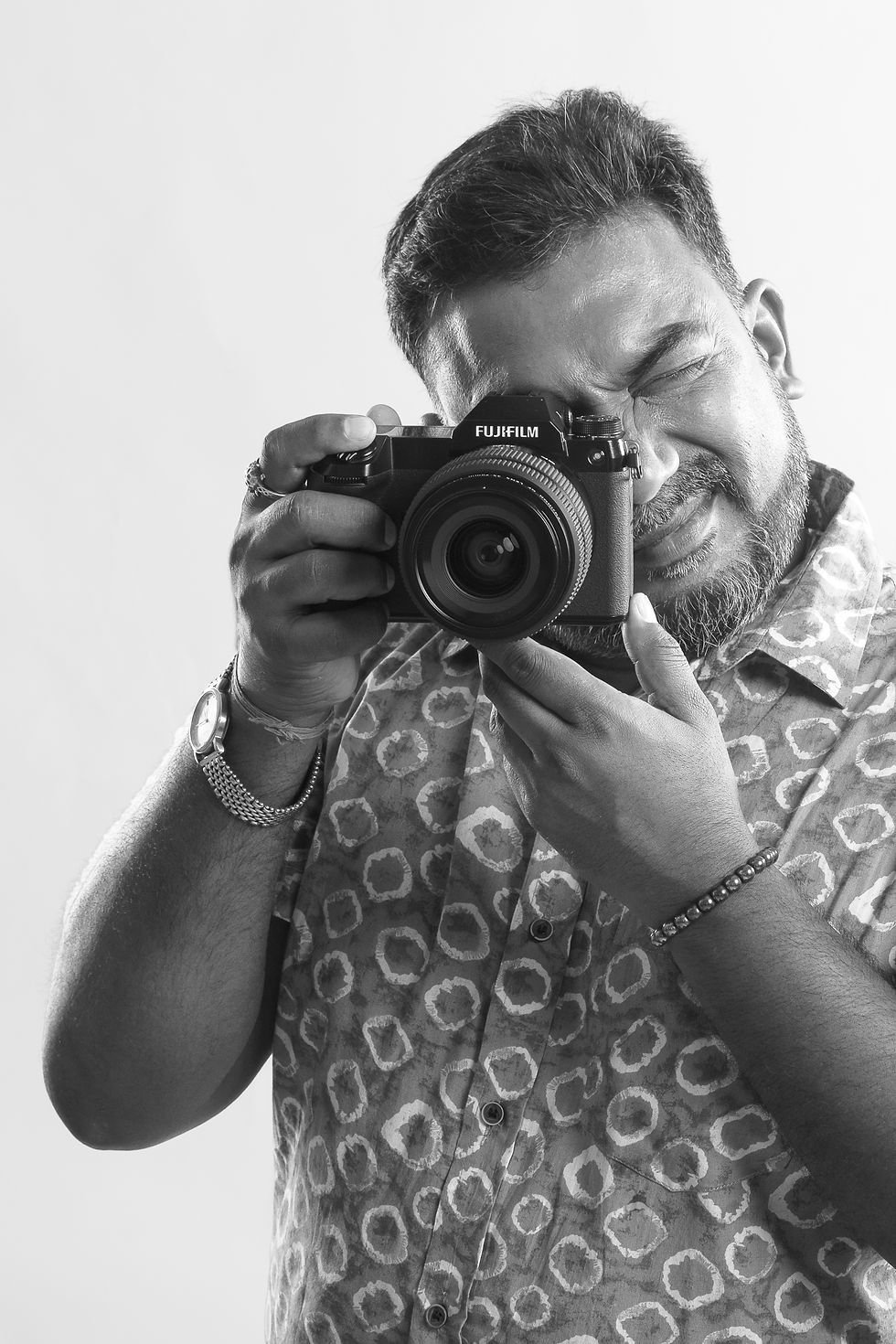THROUGH THE LENS: A LIFE FRAMED BY MOMENTS
- Ajuli Tulsyan
- Apr 10
- 2 min read

Shrikanth Karri doesn’t just take photographs—he collects fragments of meaning. “Every frame I shoot is shaped by the experiences that brought me here,” he reflects. “My education, my career, even how I understand markets—it all changes what I see.”
For him, photography begins in the subconscious. “Instinct takes the lead first. That’s where something real emerges.” But the work doesn’t end at the shutter’s click. Editing becomes a dialogue—with himself, with time. “Revisiting an image isn’t just technical. It’s asking: What did I miss? What do I see now?”
And then, release. “A finished photo stops being mine,” he says. “It becomes a mirror for whoever stands before it.” That tension—between the deeply personal and the universally resonant—fuels his craft.
Now, after 14 years, he’s asking new questions: “How does work live beyond the lens? Galleries? Auctions? Maybe it’s time to find out.”
A glimpse behind the frame
Karri’s portfolio reads like a study in human light. Lifestyle shots thrum with spontaneity—a half-caught laugh, fingers curled around a coffee cup. His fashion work balances boldness and restraint, while intimate portraits (boudoir, legacy sessions) carry quiet intensity. “I don’t just photograph people,” he insists. “I try to hand them power.” One standout: a monochrome nude study where shadow sculpts form into something between vulnerability and defiance.

Advice for the next generation
1. Observe beyond looking: Notice how light licks a wall, how posture betrays emotion.
2. Master the mundane: Aperture rules? Learn them. Then break them on purpose.
3. Find critics, not cheerleaders: Mentors who’ll say ‘Try harder’ matter more than those who say ‘Perfect’.
4. Chase purpose, not trends: Your style isn’t a filter. It’s what remains when you shoot honestly.
Building a future for visual artists
Karri’s latest mission extends beyond frames. “Most visual artists are one injury or insult from ruin,” he says. His answer? Visual Craftsmen Studios—a production house designed as both sanctuary and launchpad. “We need investors who see this: structuring chaos helps talent thrive, not just survive.”
The pitch is sharp: “This isn’t charity. It’s building an industry that doesn’t yet exist.”
From hobby to legacy
His own journey began humbly. “No money for courses? I traded shoots for knowledge.” That scrappiness lingers. “Even now, I’ll listen to feedback from anyone—a teen, a rival.” He grins. “My subconscious does the editing. I just obey.”
And what does his subconscious demand next? “More truth. More risk. And maybe,” he muses, “a gallery wall where my work meets the world—not just as images, but as conversations.”














